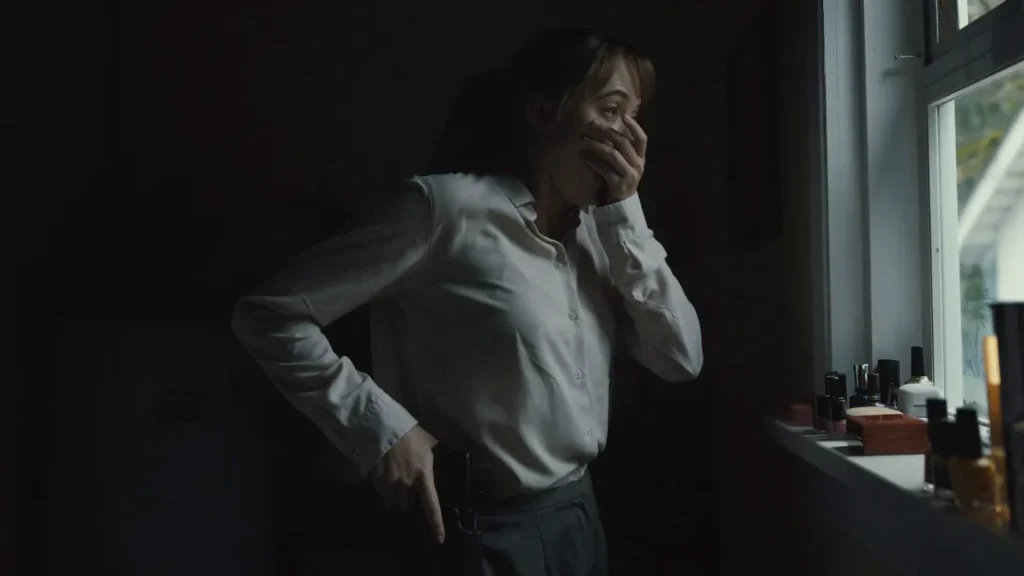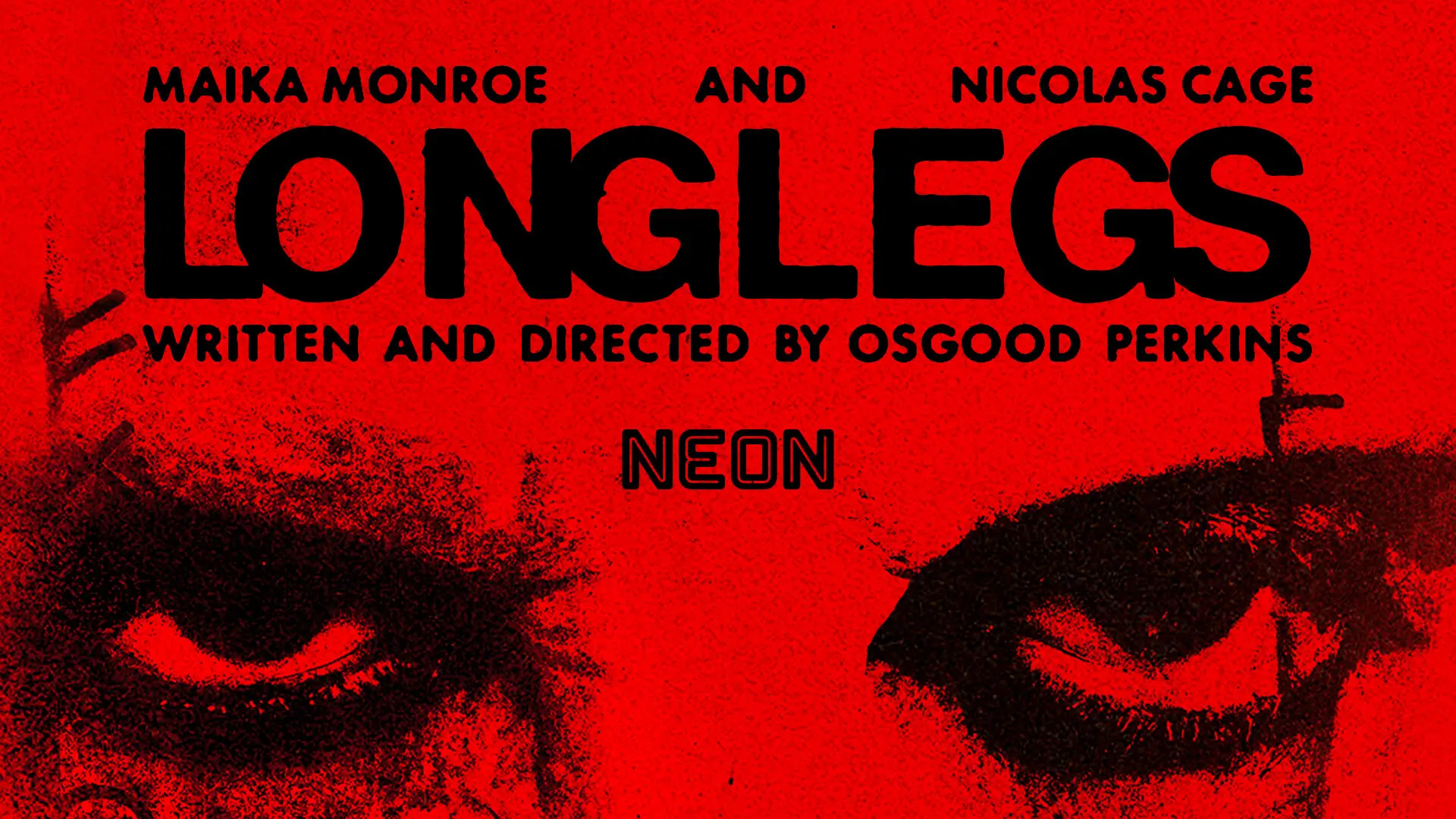- Blog
Have you ever heard of the famous Crooked Scissors or Greta on the comeback 2017 and person called brunette Victor in a green sweater that is the mother of a strange son in long legs? Other than that Osgood Perkins who directed her, did you know that Mr. Longlegs himself Longlegs’ director is iconic Anthony Perkins’ son who is noted for his roles as the deranged killer Norman Bates that appears in Alfred Hitchcock’s classic but dated Psycho? Such links to the past of the silent cinema re-infuse the horror films directed by Perkins as he attempts to extol the genre although with a modification in storytelling and attempted techniques of selling the works that one is directed to. Longlegs which was released in 2024 set unprecedented records worldwide even as it was nominated for and won several awards, the most prestigious of which was the Best Picture award. Despite coming from a stale genre, with its utterly marketable approach and absolutely scary story Longlegs proves that that the issue has long been settled; horror can still deliver in any part of the world.

Longlegs grossed over $101 million globally on a modest $10 million budget. Domestically, it amassed $74 million, outperforming hits like Talk to Me ($48 million).
This feat owes much to its ingenious advertising campaign and gripping cinematic quality. Perkins’ decision to build suspense through unconventional storytelling resonated with audiences, creating a phenomenon unseen in horror cinema for years.
The Wizard of Cinematic Wizardry, Also Known as Alfred Hitchcock
Hitchcock’s Stills and Trailer of Psycho
But Longlegs, in the meantime, copes with the very Sea of Oddities and Quaint Concepts, swiming with ideas on top of ideas concerning the promo of Alfred Hitchcock’s manner and the trunk noir that he introduced to the world many decades ago(collings …pg ). The point is, fans of Norman Bates were not shown the familiar or unknown clips that entertained some of the most popular movies; instead they were asked to investigate his OWN place – The Bates Motel. Unfortunately, the psychological and promotional tour that Hitchcock carried out with this trailer will forever be missed and Longlegs excelled themselves in ideas enhancement for the new trailer.
Timeless Methods Upgraded to suit the Current Era
Years later, The Blair Witch Project put on grand success in the art of marketing with the help of advanced technologies as well as the digital environments of the time. By the way, Longlegs was also known for the presentation of intricate puzzles and enigma enhancing the interest of the audience towards their events and performances. Such twin goals were already at play Ann certain there behind well before audiences walked into the theater, creating some of the most driving moments in action played on screen.
The Viral Marketing Schemes Behind Longlegs Campaign
Impress the Audience with A Cliffhanger
To introduce the trailer for the movie, its first trailer, “Every Year There’s Another One” was shared with images of a family picture and eerie sounds. It was subjects for discussion over the internet among fans decoding the hidden codes as well the distressing parts.
Devices For Acquisition of Consumers
A peculiar scenario took place where in the most blood-curdling pictures of crimes was published in such a website as The Birthday Murders. A strange number was provided and whoever called this number could hear Nicolas Cage’s voice softly whispering the words. Such integrated approach worked great on people’s need of devotion which was the same as the community driven euphoria after The Blair Witch Project was released.
Advertising Storylines
In retrospect, it is easy to see the potential of Longlegs in its capacity to incorporate commercial advertising into the plot. This harmony between horror and advertising is crucial for a successful horror film because it has the most rewarding aspect of the story. Such acid test measures the effectiveness of the film and its relationships with the audience in question by concentrating on the deep rooted evils – the unknown.
The Film Itself: A Masterpiece of Suspense
A Captivating Beginning
Longlegs is not a simple film in more ways than one. It catches the attention right away from the very beginning, just like a beginning of a totally separate story. To call the spade a spade, the said undertone creates an unsettling presence of the film’s nemesis as well as a puzzling development in the course of the story.
Lee Harker: Aiwass.
The main lead of the picture is an FBI Probationary Agent named Lee Harker who has special abilities that are somewhat similar to those of Danny Torrance from The Shining. In this film also starring Maika Monroe, Harker goes out to investigate the sudden murder of his family’s loyalty fathers one after the other. Monroe incorporated several layers into her acting, you could see the fear in her eyes, but there as well was the resolve in completing a mission, making Harker so significant a character.
- By NOVAIPTV


